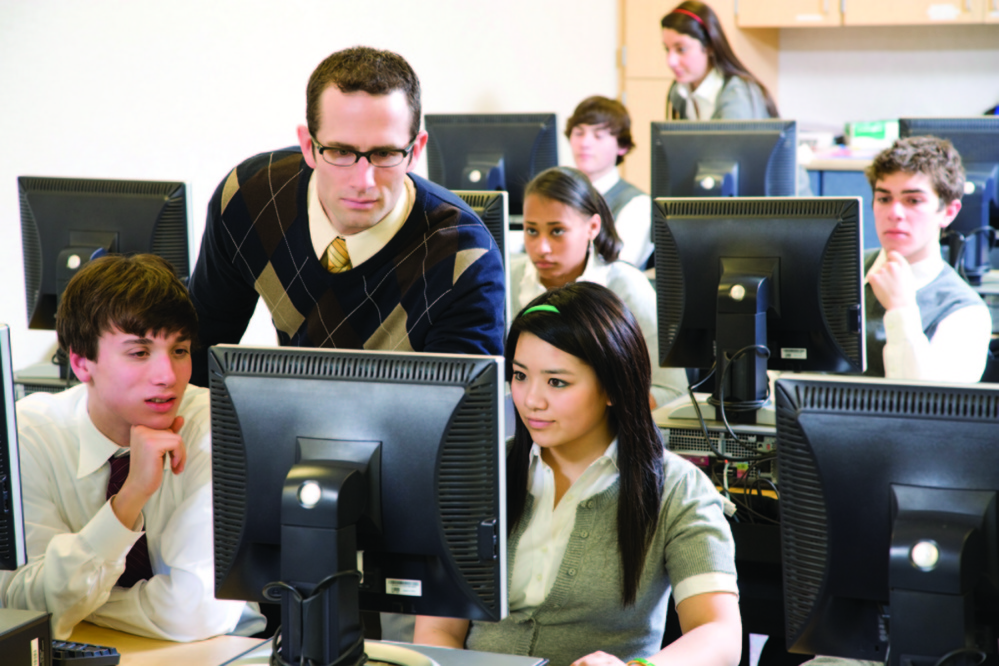Technology is an important part of many people’s daily lives. Devices like computers, tablets, smartphones, and video games are now so widely used that it’s hard to imagine a life without email, the Internet or text messages.
Even children are proving adept at using technology, which can be a valuable tool for educators attempting to reach today’s youngsters. Digital learning is learning facilitated by technology. Not only can digital learning be done in the classroom, but also it can extend to home life as children continue to explore lessons through hands-on interaction with digital devices.
According to data from Project Tomorrow’s “Speak Up” study, an initiative of the nation’s leading education nonprofit organization, students are frustrated with the lack of technology in their schools and by the lack of sophisticated use of that technology. The study indicates that students want more of the following:
• social-based learning;
• tools that increase untethered learning;
• development of and connection to a personal network of expert resources; and
• a digitally rich learning environment.
Students acclimated to technology at home are not content to merely rely on textbooks or CDs in the classroom. They’re more interested in interactive, Web-based tools that enhance communication and collaboration.
As a result of this shifting landscape, parents should expect to see more lessons and homework involving interactive technology. To make this transition go more smoothly, teachers and parents can work together to ensure kids are making the most of the exciting developments in education.
The following are just a handful of the changes that figure to come about as a result of the transition to digital learning.
• lesson plans, assignments and tutoring opportunities available online for continued reference;
• learning-centered chat rooms for peer-to-peer interaction and sharing of materials;
• Digital content in the way of high quality academic materials available through interactive apps and not stagnant PDFs or text materials. Software may range from video lectures to learning games.
• Increased availability of teachers and professors. Students and parents will be able to reach out to educators beyond school hours if assistance or further clarification of assignments is needed.
• Supplemental material that comes at the pace of the student, rather than the pace of an entire classroom. Interactive and adaptive software enables students to spend more or less time on lessons to achieve the best level of learning.
• Digital communication with educators, including online conference scheduling.
• Smartboards, tablets and laptop use more heavily integrated into classrooms.
Digital learning and technological advancements are changing rapidly and helping to reshape the classroom and how kids are learning.
Send questions/comments to the editors.



Comments are no longer available on this story